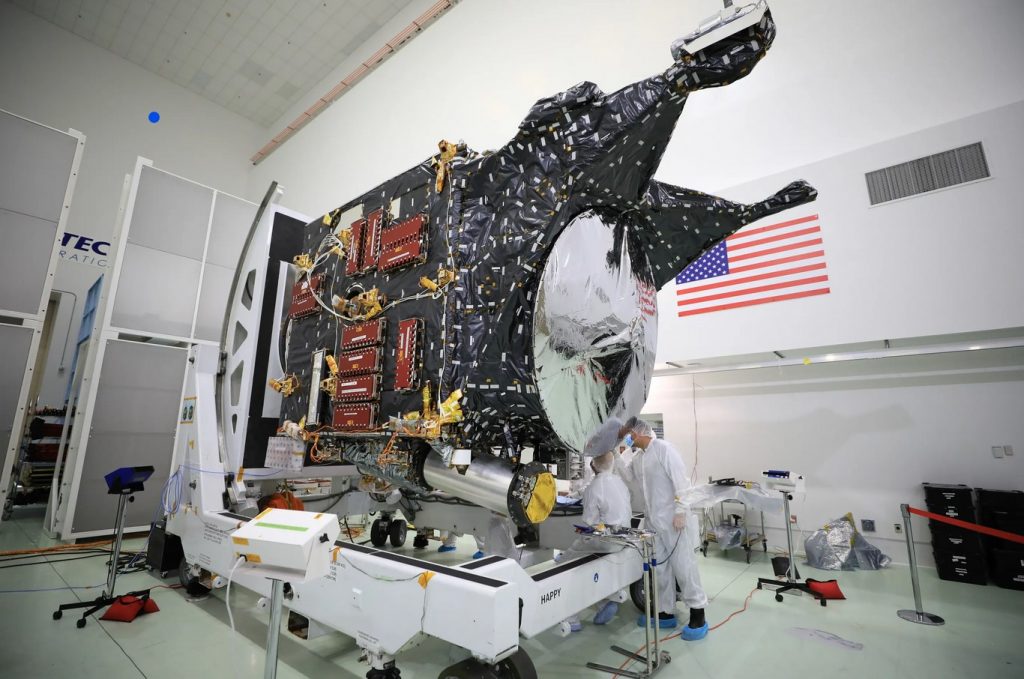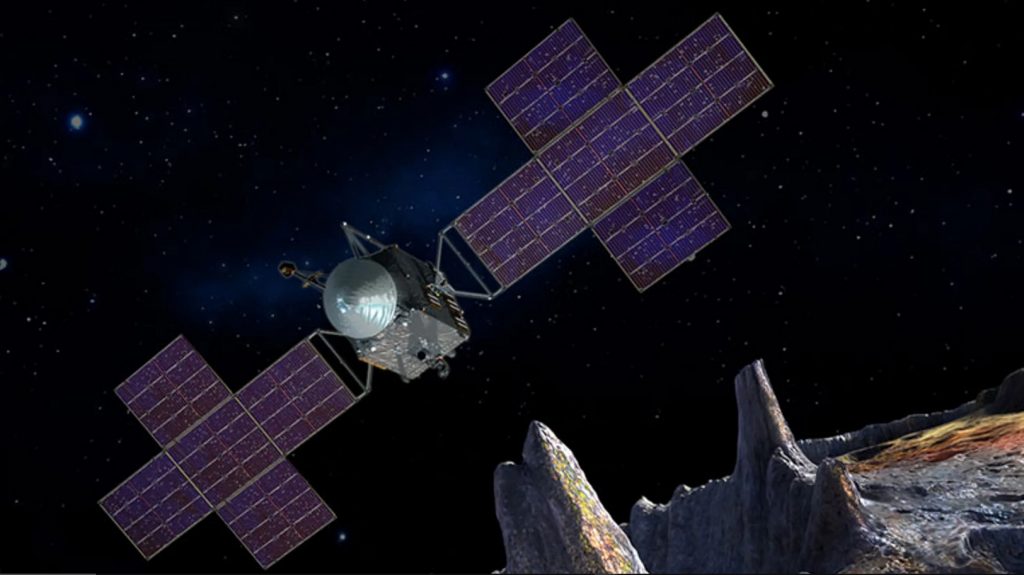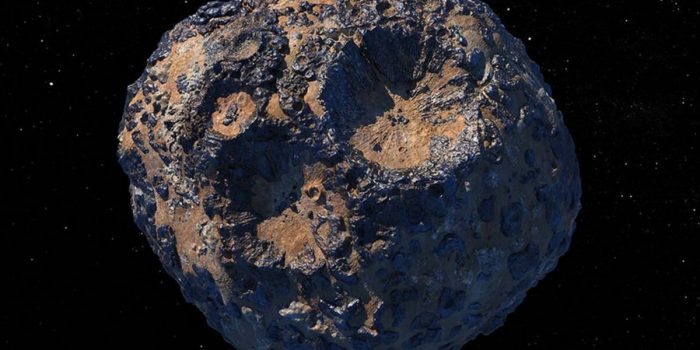NASA has recently given the go-ahead for the highly anticipated and over-delayed Psyche deep-space mission which aims to explore an asteroid rich in valuable metals called the Psyche. The mission with a cost of $985 million will delve into the secrets of the asteroid which is expected to hold an estimated value of up to $10 quadrillion. To put that into perspective, it is a staggering 90 times the entire global economy valued at $110 trillion.
Understanding the great vastness of the universe far beyond the extent of our planet and even comprehending the scale of our solar system is no easy task. our planet can be quite a challenge.
For instance, we might mistakenly underestimate the Moon’s size and imagine it as a walkable distance, overlooking its vast surface area comparable to that of Africa. Likewise, the Martian rovers might seem close together, when in reality, they are separated by thousands of miles.
This misconception also extends to the potential resources present in space. The asteroid belt situated between Mars and Jupiter, for instance, is composed of remnants from the solar system’s formation and constitutes a minute portion of its total mass. However, it is believed that the mineral wealth within this belt is significant enough to distribute a substantial $100 billion check to every individual on Earth.

Of course, realizing this potential wealth is a different matter altogether. Several companies are exploring ways to engage in commercial asteroid mining. The Psyche mission, therefore, holds implications beyond its scientific objective of understanding planetary origins.
With a diameter of 138 miles (222 km), Psyche’s size is not particularly unusual. However, what makes it unique is its classification as a Class M asteroid, meaning it is predominantly metallic. Its composition is primarily nickel and iron, resembling the core of a planet, which makes it highly intriguing to scientists. The extent to which Psyche is composed of metal versus rock remains uncertain, and the Psyche probe has been tasked with helping to uncover these answers.
Unfortunately, the mission faced delays due to various issues on Earth. NASA, being a large organization, relies on an intricate network of universities, contractors, subcontractors, and specialists to execute its space missions. Sometimes, this complexity can lead to significant bureaucratic challenges.

In the case of Psyche, COVID-19 restrictions, staffing problems, communication issues, and management shortcomings caused the mission to be put on hold. A thorough investigation was conducted, resulting in improved oversight, the establishment of new measures to assess team success, clarification of roles, and appropriate task assignments.
Now that the independent review board has expressed satisfaction, the Psyche mission is set to launch in October. It will take approximately five years and ten months to reach the asteroid, utilizing a solar-electric Hall thruster system. Once there, it will enter into orbit around Psyche for a minimum of 26 months, during which it will examine the asteroid’s composition, gravity, density, and interior structure.


